Myrmecia gulosa – Red Bull Ant
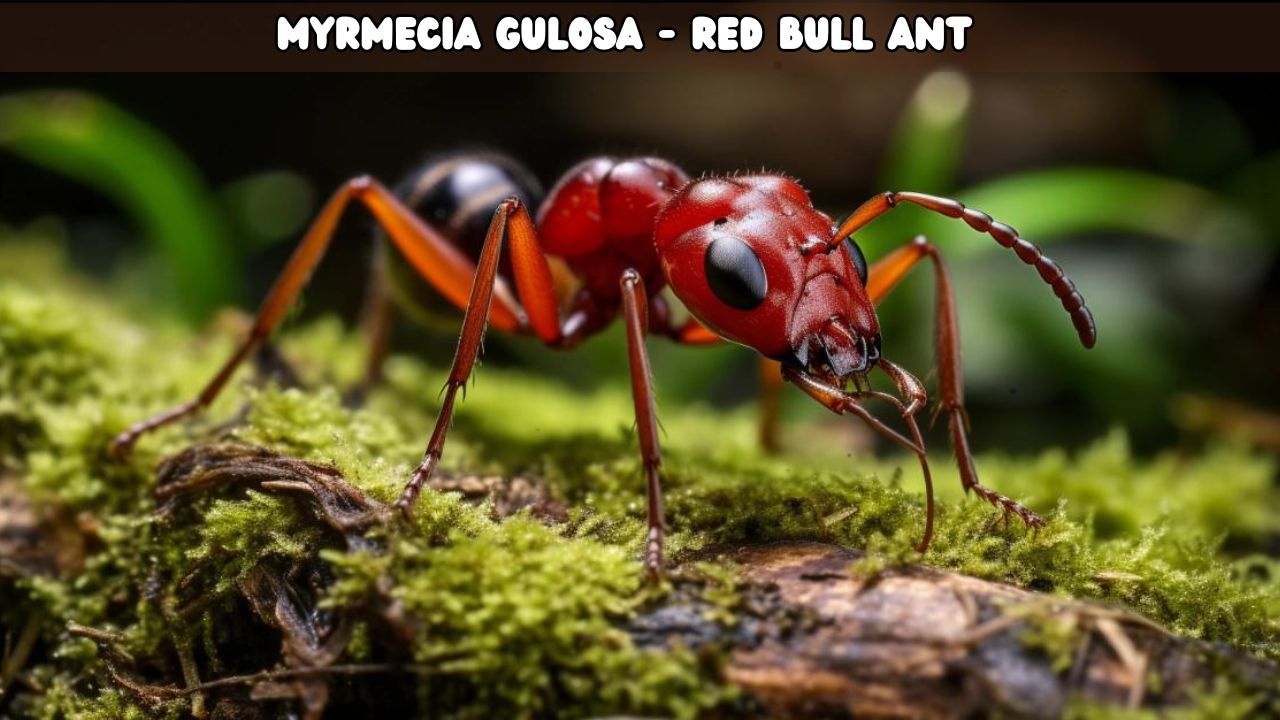
| Aspect | Information |
|---|---|
| Scientific Name | Myrmecia gulosa |
| Common Name | Red Bull Ant |
| Distribution | Australia |
| Habitat | Diverse, including forests, heathlands, and urban areas |
| Physical Description | Size: 20-25 mm; Color: Red and Black; Features: Large mandibles, long legs, prominent sting |
| Diet | Predominantly carnivorous; insects and small vertebrates |
| Colony Structure | Roles: Queen, workers, males; Interaction: Highly organized, aggressive defense |
| Reproduction | Mating: Nuptial flights; Queens establish new colonies |
| Life Span | Queen: Several years; Workers: 1-2 years |
| Ecological Role | Predator; Impact: Pest control, soil aeration |
| Conservation Status | Status: Not threatened; Challenges: Habitat loss, human activities |
Venture into the enthralling world of Myrmecia gulosa, commonly known as the Red Bull Ant, a species that exemplifies the fascinating diversity within the ant kingdom. These ants are renowned for their distinctive appearance and behavior, embodying the unique adaptations and survival strategies that ants have developed over millions of years.
The Red Bull Ant, native to the varied landscapes of Australia, is a testament to the adaptability and resilience of ants. They thrive in diverse habitats, showcasing their ability to conquer both natural and urban environments. This adaptability is a cornerstone of their survival and success as a species.
Known for their striking physical attributes, these ants present a vivid example of the evolutionary paths taken by different ant species. Their appearance, while specific to their kind, speaks to the broader story of adaptation and specialization in the ant world.
Their diet and social structure, deeply ingrained in their way of life, reveal the complex interactions and roles within their colonies. These aspects, common to many ant species but unique in their specifics, highlight the intricate social dynamics and survival strategies that ants have developed.
Exploring the life of the Red Bull Ant offers us a glimpse into the broader narrative of ants’ ecological roles, social structures, and interactions with their environment. They stand as a remarkable example of nature’s ingenuity, showcasing the diversity, complexity, and resilience of life in the smaller scale of the natural world. As we delve deeper into the details of the Red Bull Ant, we uncover the layers of their fascinating existence, contributing to our understanding and appreciation of the incredible world of ants.
Overview of Myrmecia gulosa Characteristics
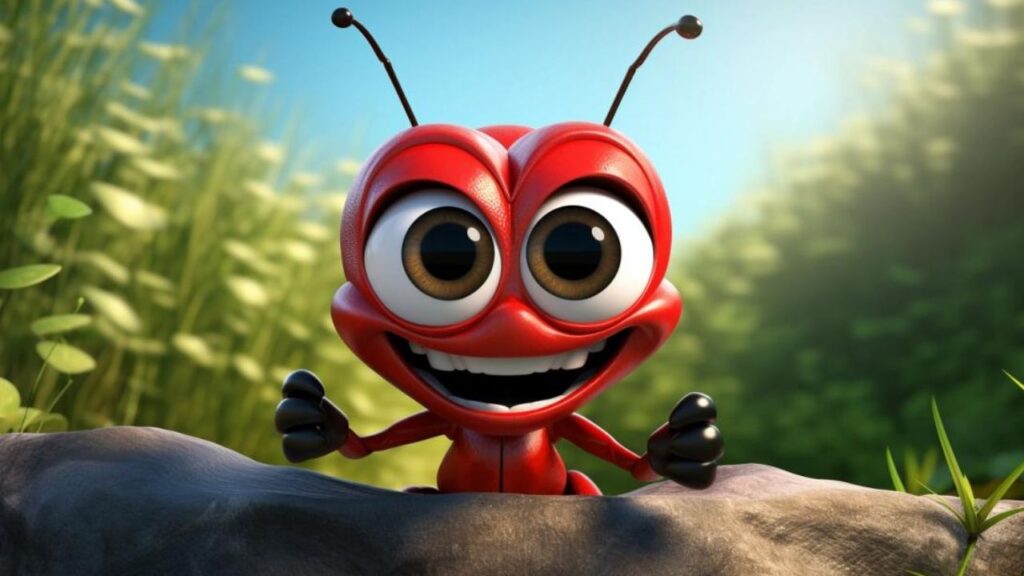
In our focused exploration of Myrmecia gulosa, commonly known as the Red Bull Ant, it’s essential to understand its specific characteristics within the broader context of ant species. This section delves into the unique attributes of the Red Bull Ant, providing a comprehensive understanding of its place in the ant kingdom.
Scientific Classification
The Red Bull Ant, a member of the family Formicidae within the order Hymenoptera, shares its lineage with bees and wasps. This classification is crucial in understanding its evolutionary journey. Myrmecia gulosa has distinct biological traits that set it apart from other ant species, reflecting its unique ecological roles and adaptive strategies.
Common Name Significance
The name ‘Red Bull Ant’ aptly reflects its significant features – the reddish-brown coloration and the ‘bull-like’ aggression and strength. This common name is more than just a label; it provides insight into the ant’s appearance and behavior, offering a glimpse into its ecological persona.
Habitat and Distribution
Myrmecia gulosa is predominantly found in Australia, adapting to a range of environments from forests to urban fringes. Their choice of habitat demonstrates their ability to thrive in diverse conditions, from lush woodlands to dryer regions, showcasing their ecological versatility within the Australian continent.
Physical Characteristics
The Red Bull Ant is notable for its large size, typically around 20-25 mm, making it one of the larger ant species in Australia. Its striking red and black coloration, robust mandibles, and long legs are adaptations for its predatory lifestyle. These physical attributes are not just for show but play a crucial role in its survival and predatory efficiency.
Diet
Unlike many other ant species that have omnivorous or herbivorous diets, the Red Bull Ant is predominantly carnivorous. It preys on insects and small vertebrates, playing a significant role in controlling pest populations and maintaining ecological balance in its habitat.
By understanding these specific characteristics of Myrmecia gulosa, we gain a deeper appreciation for the Red Bull Ant’s unique adaptations and behaviors. As we explore further, these attributes provide a rich context for appreciating the remarkable adaptability and diversity of this formidable ant species.
The Colony Life of Myrmecia gulosa (Red Bull Ant)
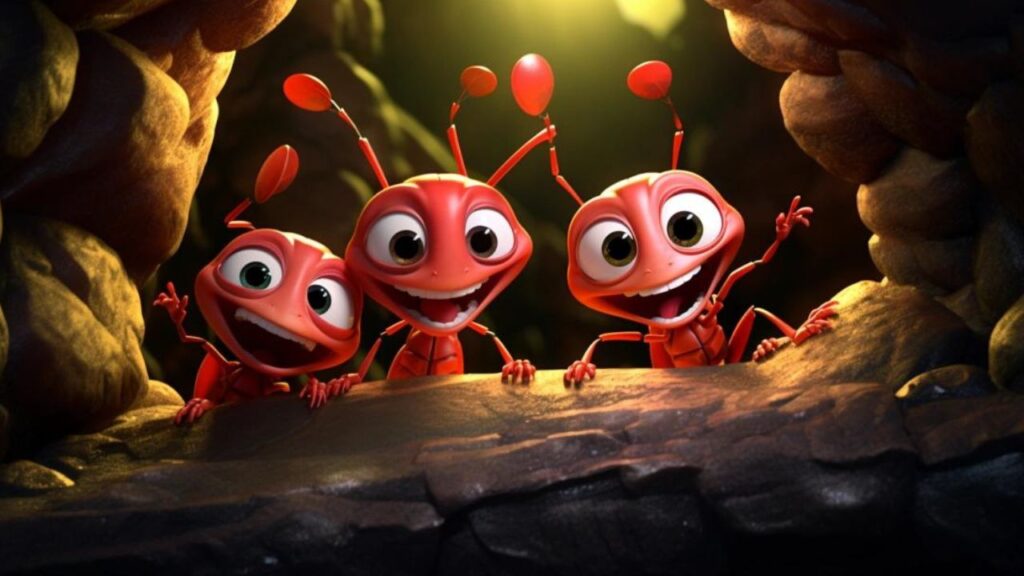
In this section, we delve into the fascinating colony life of Myrmecia gulosa, the Red Bull Ant. This exploration provides insight into the unique social structure, behaviors, and survival strategies of this specific ant species, showcasing its distinct place within the ant kingdom.
Habitat Adaptation
The Red Bull Ant is adept at establishing colonies in a variety of Australian habitats. From the bushlands to suburban fringes, these ants demonstrate remarkable adaptability. Their habitat choices are influenced by factors such as resource availability, climate conditions, and safety from predators, showcasing their resilience in the diverse Australian landscape.
Colony Structure
The social structure of Myrmecia gulosa colonies is a testament to their organizational skills. Each colony is led by a queen, whose primary role is reproduction. Worker ants, known for their size and strength, are responsible for tasks like foraging, nest maintenance, and colony defense. Males, though less commonly seen, play a crucial role during the mating season. This clear division of labor ensures the efficiency and survival of the colony.
Reproductive Strategies
Reproduction is a pivotal aspect of the Red Bull Ant’s life cycle. It involves nuptial flights, where winged males and new queens mate. After mating, the fertilized queen establishes a new colony, laying eggs that will develop into the next generation of workers and males. This cycle is essential for the expansion and longevity of their species.
Lifespan Variations
In Red Bull Ant colonies, lifespan varies among different roles. Queens can live for several years, vital for the colony’s growth and stability. Workers have a lifespan of around 1-2 years, reflecting their active roles in foraging and defense. Males, primarily focused on mating, have the shortest lifespan.
Behavioral Complexities
Myrmecia gulosa exhibits complex behaviors for colony coordination. Their communication involves chemical signals and physical interactions, essential for organizing activities like hunting and defending their territory. Notably, their aggressive nature in defense showcases their commitment to protecting the colony.
Understanding the colony life of Myrmecia gulosa offers valuable insights into their unique adaptations to the Australian environment and their survival strategies. The social structure, reproduction, lifespan, and behavior of the Red Bull Ant highlight the intricate and efficient society they have developed, emphasizing the significance of this formidable ant species in the natural world.
Ecological Role and Human Interactions of Myrmecia gulosa
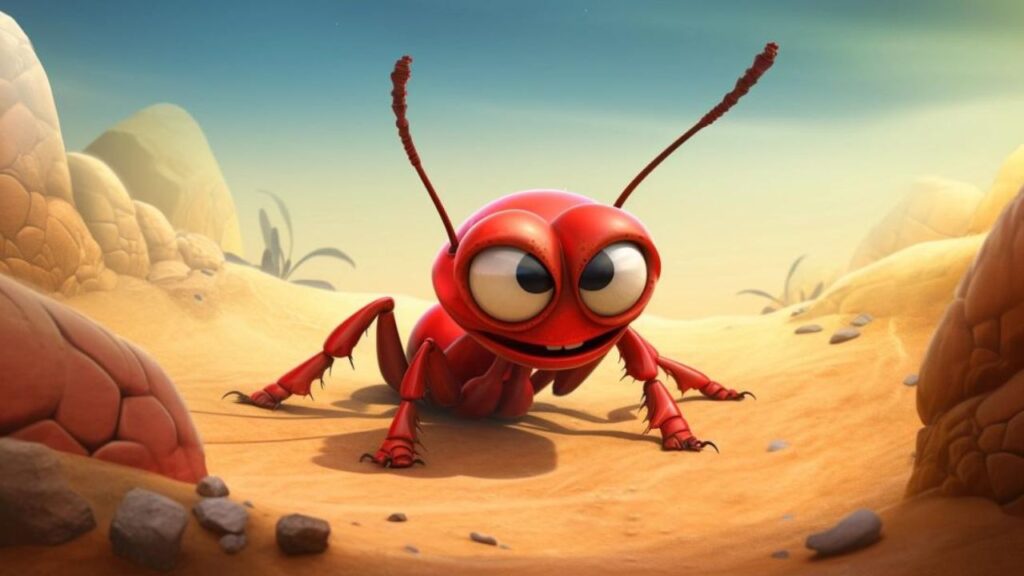
In this section, we focus specifically on Myrmecia gulosa, commonly known as the Red Bull Ant, exploring its unique ecological role, conservation status, interactions with humans, and its notable defensive mechanisms. These aspects provide a detailed perspective on the Red Bull Ant’s place in nature and its relationship with humans and other species.
Ecological Role
The Red Bull Ant, native to Australia, plays a significant role as a predator in its ecosystem. By preying on insects and small vertebrates, it helps control the population of these species, thereby maintaining a balance in the local food web. Their foraging activities contribute to soil aeration, which is beneficial for plant growth and soil health.
Conservation Status
While Myrmecia gulosa is not currently listed as threatened, it faces challenges common to many wildlife species, such as habitat loss and changes due to human activities. Conservation efforts for the Red Bull Ant involve habitat preservation and monitoring of population trends to ensure their continued ecological presence and health.
Human Interaction
The Red Bull Ant has a complex relationship with humans. Due to their aggressive nature and potent sting, they are often considered a nuisance, especially in urban or suburban areas. However, their role in the ecosystem as effective pest controllers is beneficial. Understanding and managing human-ant interactions is key to coexisting with this species.
Defensive Mechanisms
Myrmecia gulosa is particularly known for its powerful sting, which is used primarily for defense and hunting. The sting can cause significant pain to humans and other potential threats to the colony. Understanding the nature of their sting and their aggressive defense behavior is important for safely interacting with these ants and appreciating their survival strategies.
By exploring these aspects of Myrmecia gulosa, we gain a comprehensive understanding of this species’ ecological importance, its interactions with humans, and its survival strategies. This understanding is crucial for appreciating the Red Bull Ant as an essential component of its ecosystem and for fostering respectful and informed human interactions with this remarkable species.
Unique Aspects of Myrmecia gulosa (Red Bull Ant)

This section is dedicated to exploring the distinctive features and behaviors of Myrmecia gulosa, commonly known as the Red Bull Ant. These fascinating details highlight not only the extraordinary capabilities of this specific ant species but also their unique importance in the natural world.
Remarkable Strength and Hunting Skills
The Red Bull Ant is known for its impressive strength and predatory skills. These ants are capable of subduing prey much larger than themselves, a testament to their muscular structure and powerful mandibles. Their agility and efficient hunting strategies make them formidable predators in their Australian habitats.
Complex Communication Abilities
Myrmecia gulosa exhibits a complex system of communication that is vital for the coordination of their colony. Utilizing pheromones and tactile signals, they efficiently manage tasks such as hunting, defense, and caring for their young. This advanced communication is crucial for maintaining their hierarchical social structure and ensuring the survival of their colony.
Adaptation and Biodiversity
While ants as a whole display incredible biodiversity, Myrmecia gulosa stands out with its unique adaptations to the Australian environment. These ants have evolved to thrive in various Australian landscapes, demonstrating their resilience and adaptability in a continent known for its diverse and often harsh conditions.
Nest Building and Habitat
Red Bull Ants are adept at building nests that suit their environmental needs. Their nests, typically found in the ground, are designed to protect the colony from external threats and provide a stable environment for raising their young. The construction of these nests reflects the Red Bull Ants’ ability to adapt their engineering skills to their specific habitat requirements.
Lifespan and Colony Dynamics
In Red Bull Ant colonies, the lifespan varies among different roles. The queens have a significantly longer lifespan, essential for the continuity of the colony, while the workers and males have shorter lifespans, reflecting their roles in foraging and reproduction.
Ecological Impact
Myrmecia gulosa plays a crucial role in their ecosystems, primarily through their predatory behavior. By controlling the populations of other insects and small vertebrates, they help maintain ecological balance. Their presence and activities in the Australian bush are indicative of the health and stability of their environment.
By exploring these unique aspects of Myrmecia gulosa, we gain a deeper understanding of the Red Bull Ant’s place in the natural world. Their strength, communication skills, adaptability, and ecological impact highlight the remarkable nature of this specific ant species and the importance of preserving their habitats and understanding their role in Australia’s diverse ecosystems.
Reflection and Appreciation of Myrmecia gulosa
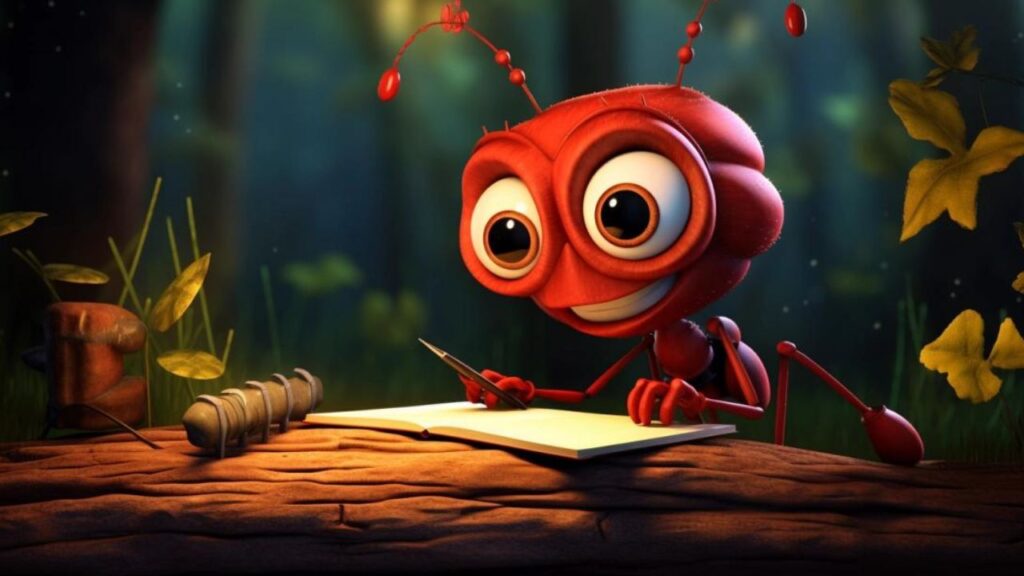
As we conclude our focused exploration of Myrmecia gulosa, commonly known as the Red Bull Ant, it’s time to reflect on the unique insights we’ve gained about this extraordinary species. This final section not only encapsulates our findings but also highlights the remarkable nature and significant impact of this particular ant.
The World Beneath Our Feet
The Red Bull Ant represents a fascinating segment of the ant kingdom, thriving in the diverse ecosystems of Australia. Their existence, teeming with complexity and resilience, underscores the intricate balance within nature. Learning about Myrmecia gulosa enriches our understanding of biodiversity and the essential roles even the smallest creatures play in sustaining ecological harmony.
Lessons from the Red Bull Ant
The behaviors and social structures of the Red Bull Ant provide valuable insights into the themes of adaptation, survival, and resourcefulness. Known for their formidable strength and aggressive nature, Red Bull Ants demonstrate an incredible capacity to overcome challenges and thrive in their environment. Their society, marked by clear roles and efficient cooperation, mirrors the importance of organization and teamwork.
Conservation and Respectful Coexistence
Our journey with Myrmecia gulosa emphasizes the need for conservation and mindful coexistence with these powerful insects. Understanding their ecological roles and the challenges they face is key to ensuring their continued presence and health. By respecting and protecting the habitats of the Red Bull Ant, we contribute to the broader health of the ecosystems they inhabit.
A Continuing Journey of Discovery
Studying Myrmecia gulosa is a journey of ongoing discovery and fascination. This species, with its distinctive characteristics and behaviors, invites us to remain curious and engaged with the natural world. The world of the Red Bull Ant beckons us to explore further, to learn more, and to maintain a sense of wonder about the natural wonders around us.
In summary, our exploration of Myrmecia gulosa reveals a captivating story of survival, adaptation, and ecological importance. This species, with its notable strength and unique societal structure, exemplifies the beauty and intricacy of nature’s creations. As we conclude this journey, we carry with us a deepened appreciation and respect for the Red Bull Ant, a remarkable and impactful inhabitant of our natural world.
